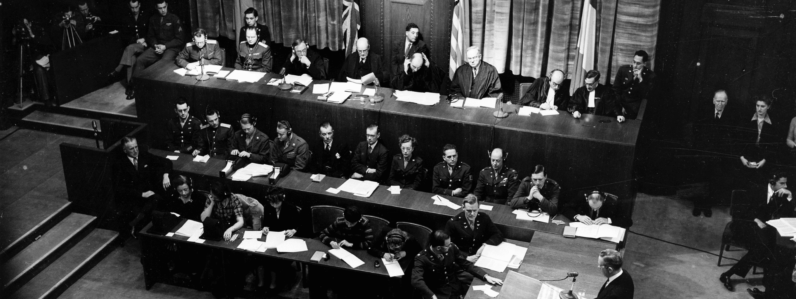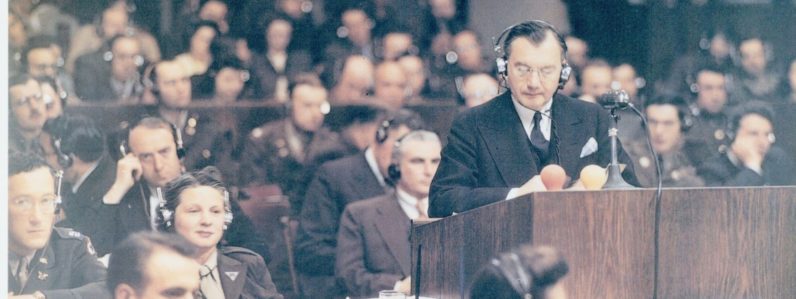Here is the transcript of the May 18, 2005 roundtable discussion at the Jackson Center of Supreme Court law clerks Gordon B. Davidson, Daniel J. Meador, Earl E. Pollock, and E. Barrett Prettyman, Jr., who served on the Court at the time of the Brown II decision in 1955, moderated and introduced by John Q. Barrett. Although Robert H. Jackson died before the Brown II decision, his last law clerk, E. Barrett Prettyman continued to clerk for John Marshall Harlan, who succeeded Jackson on the Court. With the phrase “with all deliberate speed,” Brown II dictated how the unanimous anti-segregation Brown I decision from the year before was to be implemented. Brown I was the last case that Robert H. Jackson was involved in before his death on October 9, 1954.
Publication Date
May 18, 2005
Citation
Supreme Court Law Clerks' Recollections of Brown v. Board of Education II, 79 St. John's Law Review 823-85 (2005) (John Q. Barrett, introduction & moderator) (with Gordon B. Davidson, Daniel J. Meador, Earl E. Pollock & E. Barrett Prettyman, Jr.)
Collections
Here is the transcript of the May 18, 2005 roundtable discussion at the Jackson Center of Supreme Court law clerks Gordon B. Davidson, Daniel J. Meador, Earl E. Pollock, and E. Barrett Prettyman, Jr., who served on the Court at the time of the Brown II decision in 1955, moderated and introduced by John Q. Barrett. Although Robert H. Jackson died before the Brown II decision, his last law clerk, E. Barrett Prettyman continued to clerk for John Marshall Harlan, who succeeded Jackson on the Court. With the phrase "with all deliberate speed," Brown II dictated how the unanimous anti-segregation Brown I decision from the year before was to be implemented. Brown I was the last case that Robert H. Jackson was involved in before his death on October 9, 1954.
Recently Added
-
speech and writing
Why Learned and Augustus Hand Became Great







